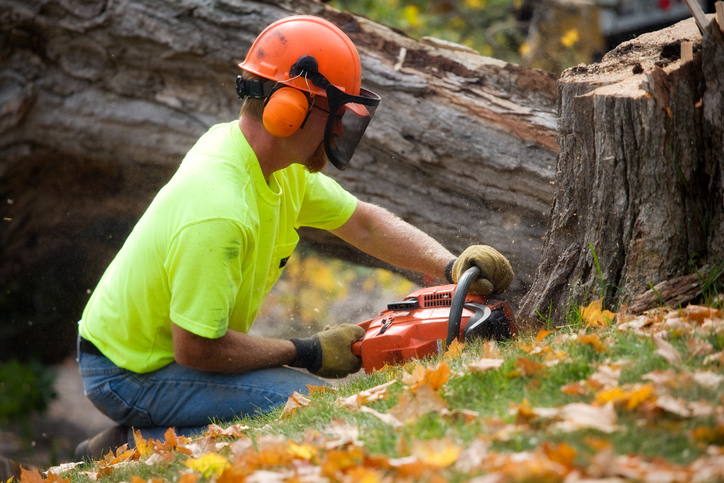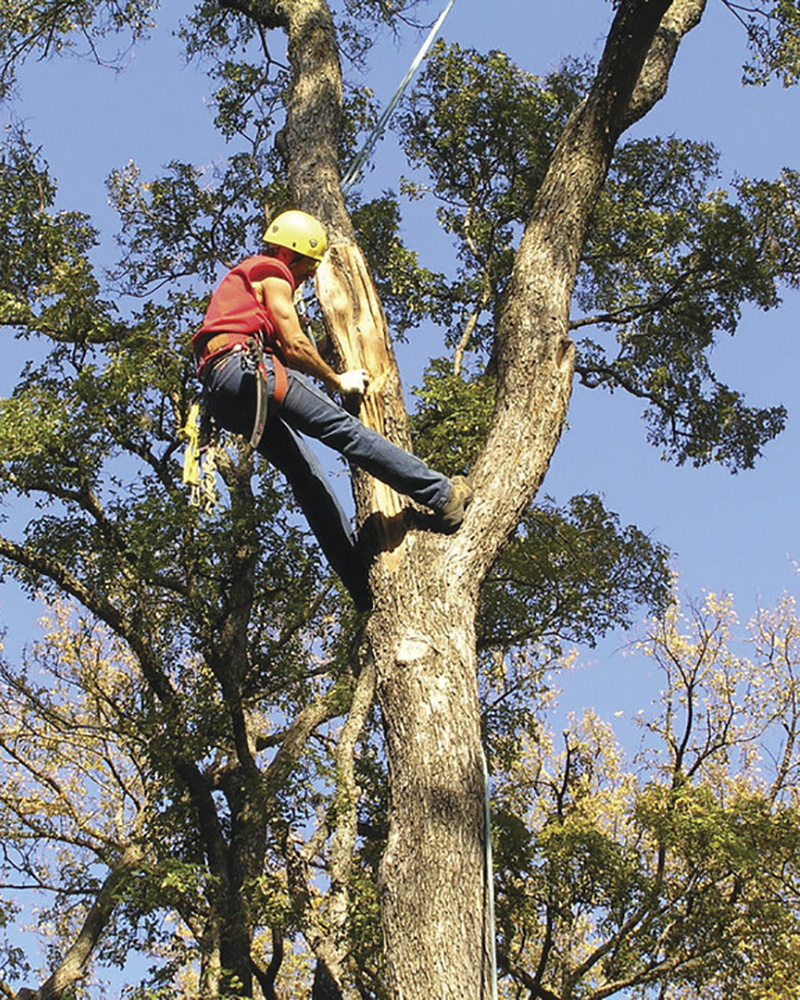Guilford CT Tree Removal Professionals: RC Property Services
Guilford CT Tree Removal Professionals: RC Property Services
Blog Article
Comprehending the Relevance of Tree Conservation and Conservation Practices in Urban Areas
In the dynamic landscape of urban settings, trees usually stand as quiet guardians, providing a wide variety of benefits that prolong far past their visual appeal. As we explore the intertwined fabric of environmental, social, and financial advantages that city trees offer, it comes to be apparent that their preservation is essential for the health of existing and future generations.
Environmental Advantages of Trees in Cities
Trees in urban areas play an essential function in providing different ecological benefits, contributing to the general health of city slicker. One considerable benefit is the improvement of air high quality. Trees function as natural filters, absorbing contaminants such as carbon monoxide, sulfur dioxide, and nitrogen dioxide, and launching oxygen right into the ambience. This procedure helps in reducing the concentration of dangerous gases, making the air cleanser and much healthier for homeowners.

Moreover, trees add to water management by decreasing stormwater drainage and soil erosion. Their root systems absorb excess water, preventing flooding and filtering system pollutants before they reach water bodies. This all-natural procedure assists preserve water high quality and protects water communities in city locations. On the whole, the environmental advantages of trees in cities are vital for producing livable and lasting urban atmospheres.
Social Value of Urban Tree Preservation
In modern city landscapes, the conservation of trees holds substantial social value for fostering area wellness and enhancing lifestyle. Urban tree preservation plays a vital duty in creating rooms for social communication and neighborhood interaction. Trees give meeting place for people, such as parks and eco-friendly areas, where neighborhoods can integrate for leisure tasks, get-togethers, and leisurely walks. The visibility of trees in city setups has actually been linked to minimized levels of tension, improved psychological health, and enhanced feelings of well-being among citizens. Furthermore, trees add to the appearances of communities, producing aesthetically appealing environments that improve the overall livability of urban areas.

Economic Worth of Tree Conservation
The conservation and preservation of metropolitan trees supply considerable financial benefits that add to the overall financial wellness of neighborhoods and cities. Urban trees provide a wide variety of financial advantages that favorably impact regional economies. One considerable economic benefit of tree preservation is the increase in residential or commercial property worths. Trees enhance the visual charm of neighborhoods, bring about greater property values and attracting prospective customers published here or tenants. Metropolitan trees aid minimize power costs by providing shade in the summer and acting as windbreaks in the wintertime, therefore decreasing the need for home heating and cooling down systems.
Furthermore, trees play a crucial duty in minimizing stormwater runoff and reducing the impacts of flooding, which can result in cost financial savings for cities in terms of framework repair and maintenance. Urban trees likewise add to improved air quality by absorbing pollutants and releasing oxygen, causing possible savings in healthcare expenses linked with respiratory system diseases. By spending and acknowledging in the economic value of tree conservation, cities can promote lasting development, boost lifestyle, and develop more resistant metropolitan environments.
Techniques for Lasting Urban Tree Administration
An extensive strategy to sustainable city tree administration entails incorporating additional info diverse techniques that focus on long-term environmental wellness and community well-being. Implementing tree inventories and analyses is vital to comprehend city tree populaces, their health, and upkeep demands.
Community involvement plays an essential duty in lasting city tree management. Informing residents concerning the benefits of trees, arranging tree growing occasions, and entailing volunteers in tree care tasks cultivates a feeling of ownership and stewardship. Partnership in between this website city government, ecological organizations, and citizens is vital to establishing and executing effective tree administration plans.
Purchasing environment-friendly facilities, such as environment-friendly roof coverings and urban forests, can give numerous advantages, including boosted air quality, stormwater administration, and city warmth island mitigation. tree removal. Integrating trees into urban preparation and layout processes makes certain that trees are valued as essential elements of a durable and healthy and balanced metropolitan setting
Neighborhood Involvement in Tree Preservation
Neighborhood participation is a basic component in promoting lasting metropolitan tree management techniques and making sure the long-lasting wellness and conservation of city tree populations. Involving the area in tree conservation initiatives can bring about raised recognition, admiration, and stewardship of trees within city areas. When homeowners actively take part in tree conservation, upkeep, and growing initiatives, they establish a feeling of ownership and pride in their regional setting.
Neighborhood involvement additionally promotes social communication and collaboration among homeowners, local authorities, and ecological organizations, promoting a common duty for urban tree preservation. By organizing tree growing occasions, instructional workshops, and volunteer chances, communities can work together to enhance the metropolitan tree cover and create greener, healthier cities. Additionally, including homeowners in decision-making processes regarding tree management ensures that varied viewpoints and neighborhood understanding are considered, causing a lot more reliable and sustainable preservation methods. Tree trimming CT. Inevitably, area involvement plays a vital role in structure resilient and thriving metropolitan forests for future generations to delight in.
Conclusion
Finally, urban tree conservation and conservation techniques play an essential duty in boosting the ecological, social, and economic health of cities. By identifying the value of trees in metropolitan areas and executing sustainable management strategies, areas can take pleasure in the numerous advantages that trees supply. It is necessary for stakeholders to actively participate in tree preservation initiatives to make sure a greener and healthier urban setting for current and future generations.

Report this page